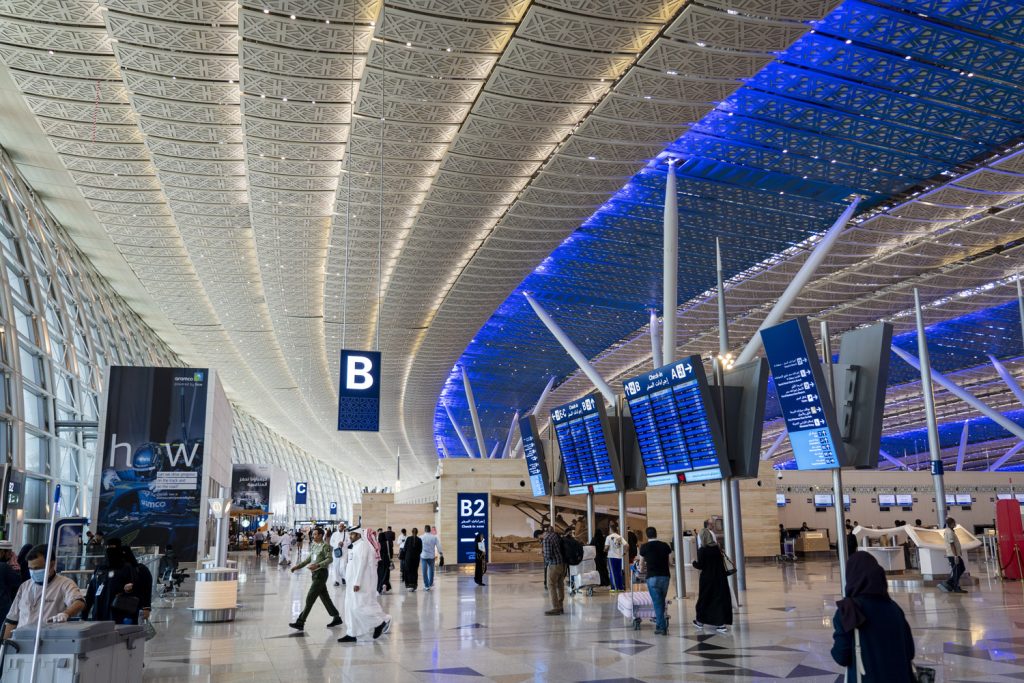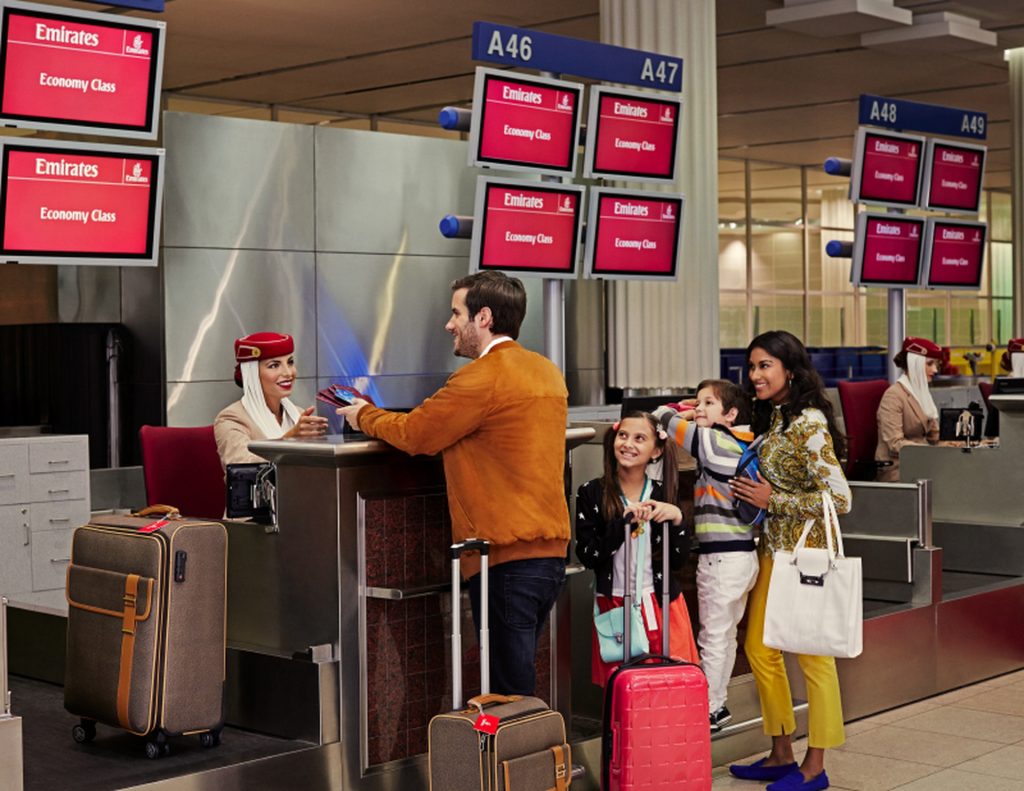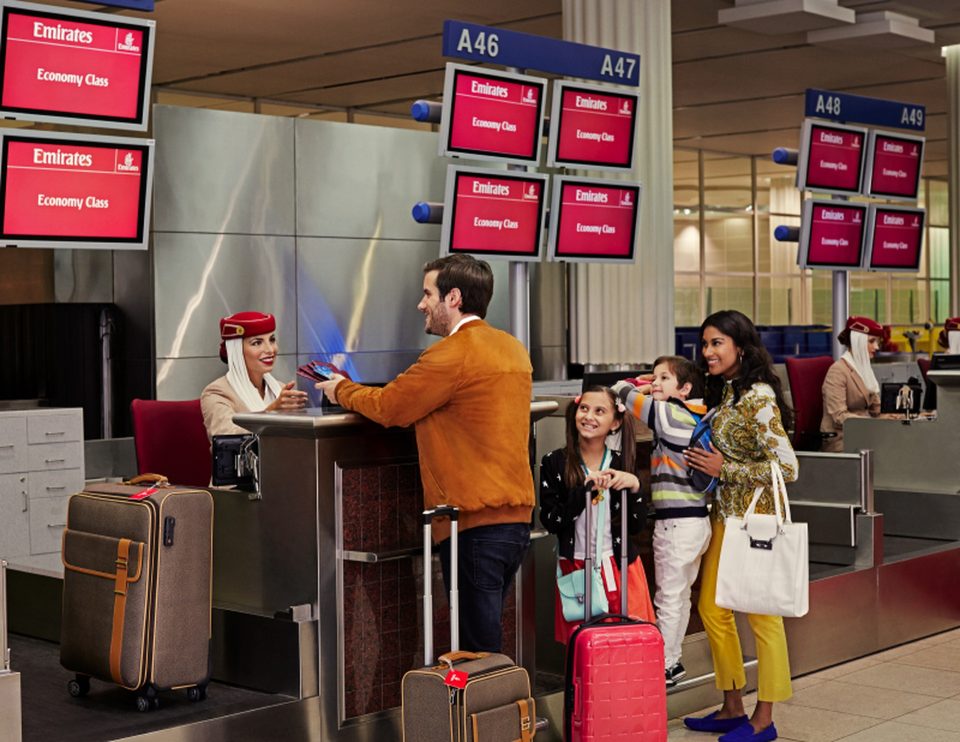Global air travel is set to soar to 9.8 billion passengers in 2025, according to Airports Council International (ACI) World’s newly released World Airport Traffic Report (WATR). The figures highlight aviation’s role as a driver of mobility, tourism, and economic growth, but also underline the regional variations and risks shaping the industry’s medium-term outlook.
Drawing on data from more than 2,800 airports across 185+ countries, ACI’s annual flagship report confirms that international travel remains the primary growth engine, with global traffic projected to rise 3.7% year-on-year in 2025. International passenger volumes are forecast to expand by 5.3% compared to just 2.4% for domestic travel.

Justin Erbacci, ACI World Director-General, commented:
“Air travel is on track to reach 9.8 billion passengers in 2025, underscoring aviation’s role as a driver of global mobility and economic growth. International travel remains the main engine of growth, but regional variations reflect a mix of structural strengths, policy challenges, and evolving travel patterns. To sustain air travel demand globally, regulators must foster policies and frameworks that enable improved connectivity, long-term resilience and sustainable growth.”
Middle East among the fastest growing regions
The Middle East is forecast to handle 466 million passengers in 2025, a 5.9% increase year-on-year, outpacing global averages. This performance is underpinned by major investment in aviation infrastructure, strong airline networks, and ambitious tourism strategies. Regional hubs such as Dubai, Doha, Riyadh, Abu Dhabi, and Jeddah are consolidating their positions as global connectors, leveraging both geographic location and investment in world-class facilities.
However, the report cautions that the region remains vulnerable to geopolitical instability and policy uncertainty, factors which can quickly influence demand and connectivity. For Middle Eastern airlines and airports, agility and risk preparedness will be as critical as growth planning.
Preparing for opportunity
For travel brands and providers in the Middle East, projected growth translates to fertile transformational opportunities for airlines, hospitality brands, and destination marketing. With international traffic driving the surge, the region is well positioned to benefit from increasing stopover traffic, new source markets, and rising demand for new, premium and experiential travel. To fully capitalise, stakeholders can consider preparing now in various ways :
- Strengthen synergies: Airlines, airports, and tourism boards may need even deeper alignment in route development, a wider variety of stopover programmes, as well as transit-to-destination campaigns. Destinations such as Saudi Arabia, Qatar, and the UAE are already using aviation as a launchpad for global tourism goals, and others in the region can follow suit.
- Differentiation through experiences: With so many different hubs competing on service and infrastructure, the next battleground is exceptionally distinct traveller experiences in cultural, culinary, wellness, and adventure products that align with the ever evolving global traveller trends, while highlighting the authentic Middle Eastern identity.
- Harness digital and AI tools for personalisation: As passenger numbers swell, AI-powered tools for itinerary building, seamless booking, and real-time service will be essential to manage demand while keeping quality high. For the Middle East, this is particularly relevant given the region’s role as a global crossroads serving diverse source markets.
- Plan for resilience amid geopolitical risks: Operators and providers can further build and promote flexibility into their strategies. Diversifying source markets, strengthening domestic and intra-regional tourism, and preparing crisis-response protocols can also help buffer unexpected shocks.
- Target niche growth segments: Luxury, medical tourism, sports tourism, MICE, and halal tourism are fast-expanding niches, where Middle Eastern destinations can differentiate and dominate.

Uneven growth across regions
The report also highlights uneven growth worldwide:
- Africa is projected to grow the fastest (+9.4% YoY) thanks to Northern Africa’s tourism resurgence.
- Asia-Pacific remains the largest driver at 3.6 billion passengers (+5.6% YoY), though East Asia shows caution.
- Europe (2.5 billion, +3.6% YoY) sees international traffic rise while domestic demand lags due to strong rail competition.
- Latin America–Caribbean (789 million, +4.1% YoY) benefits from low-cost carrier expansion.
- North America remains stable at 2.1 billion passengers.
While emerging aviation markets in the Middle East, Africa, Asia-Pacific and Latin America lead the growth trajectory, advanced markets face greater uncertainty linked to demographics, geopolitics, and shifting travel patterns.
For the Middle East, the forecast of nearly half a billion passengers in 2025 confirms the region’s ascent as a global aviation and tourism powerhouse. The opportunity is immense, but so too is the responsibility to ensure that growth is sustainable, diversified, and resilient.
The winners will be travel providers and brands that prepare not only for more guests and passengers, but for the increasingly demanding and diverse travellers seeking new and extraordinary experiences, seamless digital services, as well as meaningful and authentic connections.




